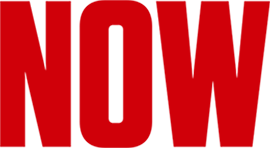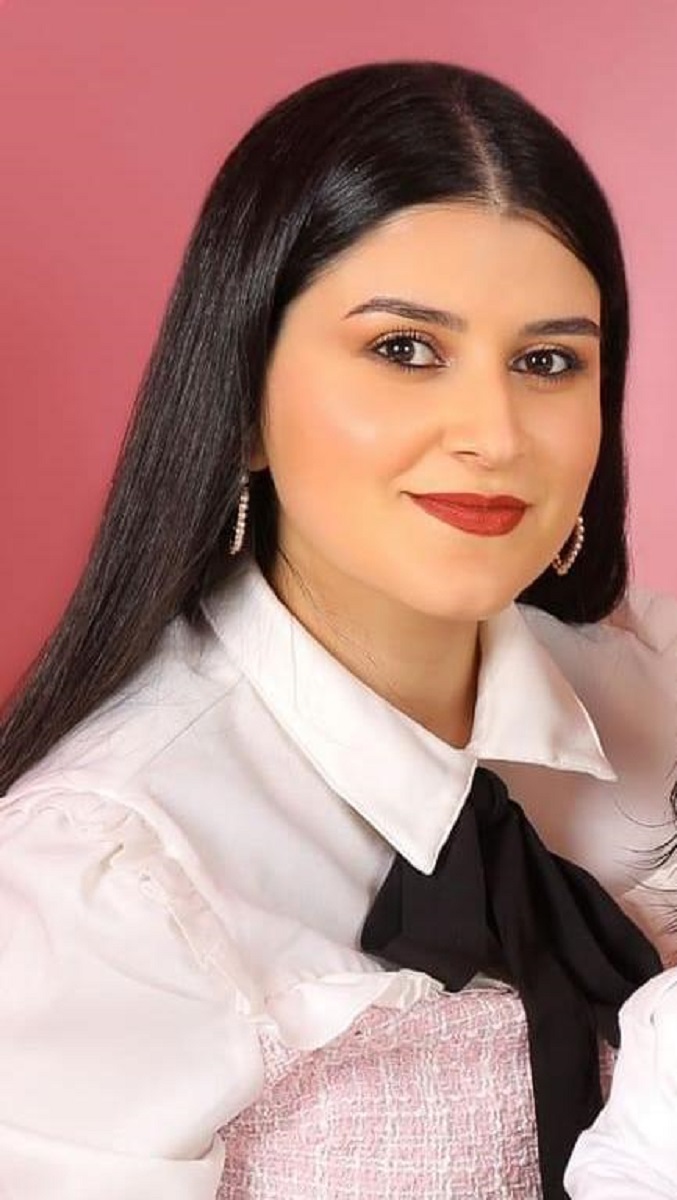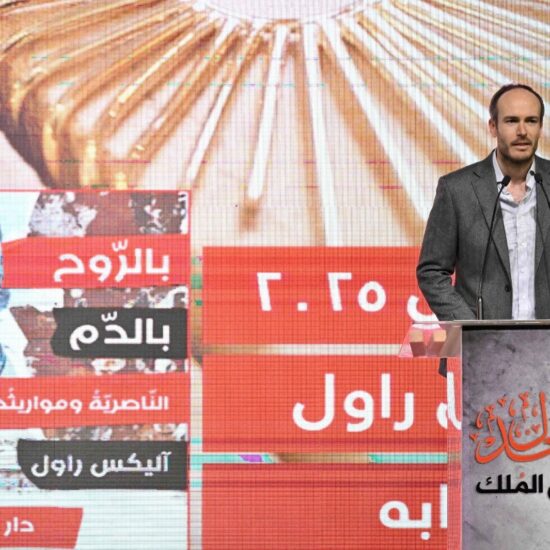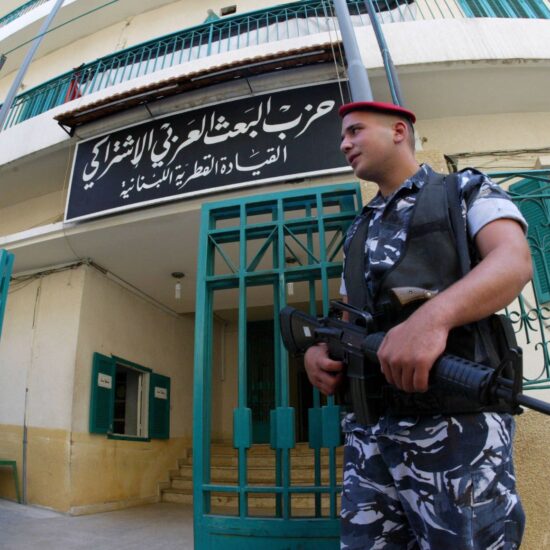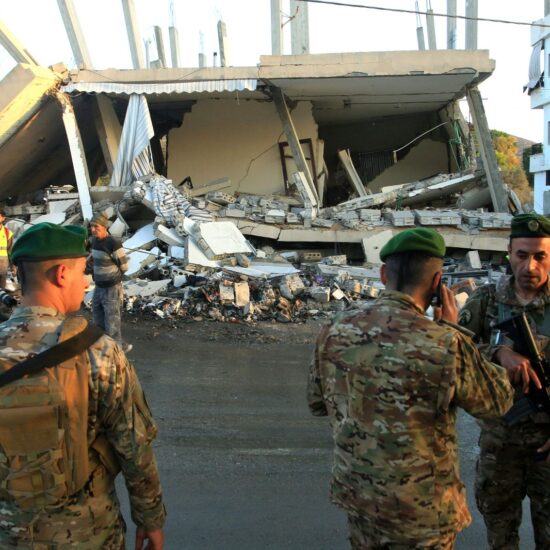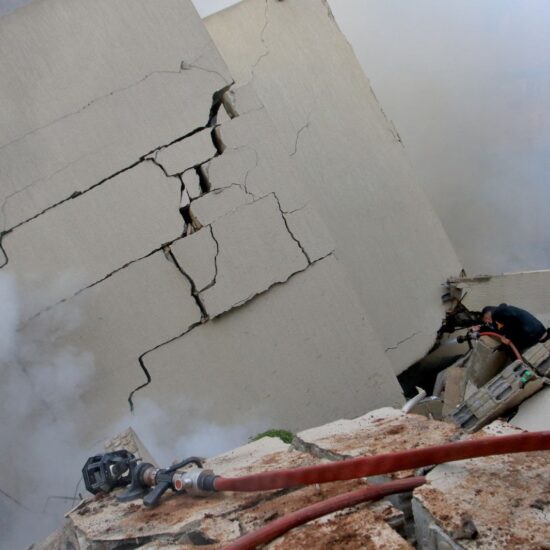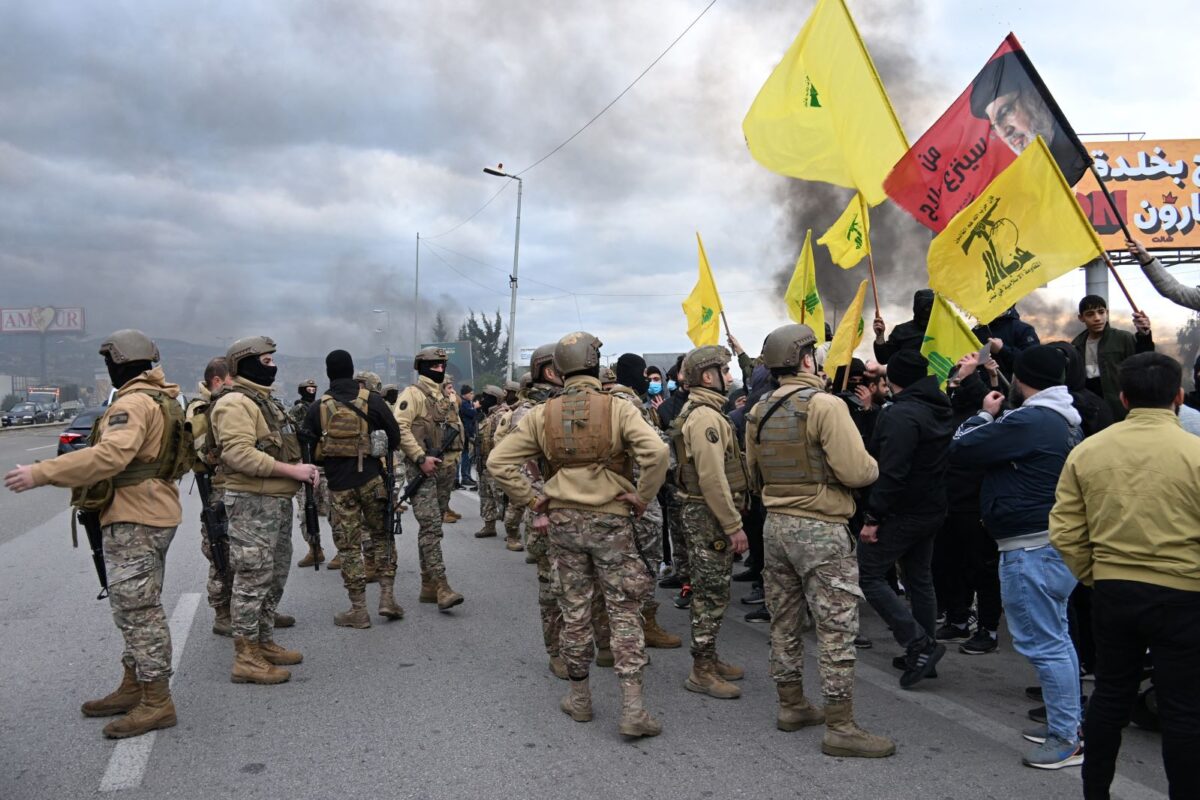
The future of Hezbollah and its weapons has emerged as one of the most pressing and controversial issues in Lebanon recently with a potential breakthrough and another sign of shifting power dynamics in the Middle East seem to emerge
In recent months, the group has undergone dramatic shifts following a devastating war with Israel that severely damaged its military infrastructure. These changes have been compounded by the fall of the former Syrian regime, a key ally, and the resulting disruption of Hezbollah’s main arms supply route from Iran to Lebanon.
A week ago, it was reported by Reuters that the organization is ready to discuss handing over its weapons on the condition that Israel agrees to fully withdraw from the country.
A senior Hezbollah official said the group was ready to surrender some of its weapons to the Lebanese army on conditions Israeli troops withdrew from several key positions in the country’s South.
Hezbollah has been severely weakened by its latest war with Israel, which has taken out many of the senior commanders along with thousands of fighters and rocket arsenal.
In 2006, shortly after a devastating war with Israel, Hezbollah chief Hassan Nasrallah ruled out disarming until a stronger Lebanese government was in place, a stance the group has maintained throughout the years especially as its power grew politically and military, effectively outgunning the Lebanese army but disarmament talks recently gained traction following Hezbollah’s significant losses in the war with Israel.
Upon taking office in January, Lebanese President Joseph Aoun vowed to establish a state monopoly on weapons for the first time since the Lebanese civil war. Several Lebanese Ministers have also called for a Hezbollah disarmament timeline to be established.
Yet despite this public momentum, it’s clear that the government’s current approach is to keep the debate within political institutions and to avoid any shift toward a military confrontation.
Officials understand that pushing too hard could provoke a dangerous clash between the Lebanese army and Hezbollah, an outcome no one appears willing to risk.
The implementation of the Security Council Resolution 1701, which is seen as the gateway for Lebanon to regain some form of security, stability and sovereignty that are preconditions for any international aid to Lebanon, a country that needs heavy investment in reconstruction.
In an interview with Lebanese broadcaster LBCI, U.S. Deputy Special Envoy for the Middle East Morgan Ortagus stated that the United States is continuing to pressure the Lebanese government to fully implement the ceasefire agreement, emphasizing that this includes the disarmament of Hezbollah and all armed militias.
According to Ayman Mhanna, Executive Director of Samir Kassir Foundation, “This money will not come if the leadership of the country is seen as corrupt or is seen as beholden to the interest of the political parties.”
Any hope the US or Israel could compel the Iran-backed militia to lay down its weapons seems for now out of reach.
Hezbollah says it will only deal with the Lebanese Army, and it is also unlikely that Israel will agree to withdraw its troops from Southern Lebanon without demanding that Hezbollah be disarmed first.
Hezbollah’s leadership has offered mixed signals in recent weeks. At times, its officials have shown a pragmatic tone, acknowledging the shifting political and military dynamics in the region. At other moments, their message has been direct: the weapons are not up for negotiation.
Observers note that the question is no longer if Hezbollah will be disarmed, but when and how. The debate has shifted from possibility to process, as the group’s military position has been visibly weakened in the aftermath of recent events.
What would it look like to disarm Hezbollah?
Hezbollah has been the most powerful armed non-state actor in the region for a long time; however, after its latest war, its military capacity has been significantly reduced by Israel.
Estimates are usually between 50 per cent to 70 per cent of its military capacity being destroyed by Israel, according to Fillipo Dionigi, Senior Lecturer of Politics and International Relations at the University of Bristol.
Hezbollah is still highly exposed to Israeli intelligence, with Israeli attacks still taking place against Hezbollah’s targets, and according to analysts, this is what possibly prompted the shift in Hezbollah’s stance on its weapons, whilst considering the possibility of disarming.
The question is if they were to fully disarm within six months, will this see Hezbollah itself disappear as an organization, or will they continue to function in other aspects of Lebanese society?
“Hezbollah is an organization that is composed and made of different parts, it has military branch, a political branch, it has social activities, economic activities and is a very complex entity in itself, meaning that even if its military branch is dismissed and disarmed, it will continue to exist in one way or another as a political entity or as a social entity,” Fillipo Dionigi, said in a televised interview with France24.
Lebanon has reported nearly 1,100 Israeli violations of the November ceasefire, causing at least 85 deaths, whilst Israel maintains a military presence at five outposts in Southern Lebanon in violation of the ceasefire.
In its report on Lebanon’s post-war landscape, the International Crisis Group (ICG) highlights the renewed push for Hezbollah’s disarmament, an issue reignited by the November 2024 ceasefire agreement, and outlines three possible scenarios for the group’s future.
The first reflects the position of Hezbollah and its allies, who categorically reject any disarmament and insist that the group will continue to operate as both a military and political force within Lebanon.
The second vision is championed by Hezbollah’s opponents, who argue that the current moment marked by the group’s weakened military capabilities and disrupted supply lines offers a rare and critical opportunity to push for its complete and immediate disarmament.
The third and more moderate vision, as outlined by the International Crisis Group (ICG), advocates for a gradual and negotiated approach to Hezbollah’s disarmament. Rather than pushing for an abrupt confrontation, this middle-ground strategy seeks to restore political balance in Lebanon without triggering renewed conflict or destabilizing the country.
The ICG report warns that a forceful push to disarm Hezbollah could backfire, potentially provoking a direct confrontation.
It outlines several possible risks: Hezbollah and its allies might leverage their influence within state institutions to paralyze government functions, resort to popular mobilization, or adopt other destabilizing tactics. The group also raises concerns about rising tensions within Lebanon’s Shiite community itself if pressure mounts too quickly.
Rodayna Raydan is a Lebanese-British journalist. You can follow her on Twitter @Rodayna_462
The views in this story reflect those of the author alone and do not necessarily reflect the beliefs of NOW.

